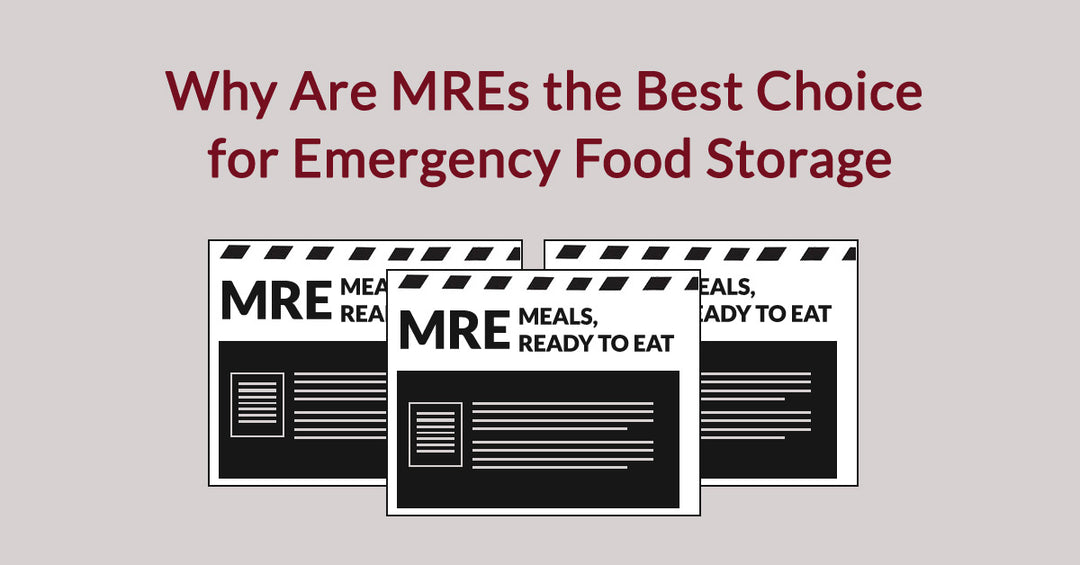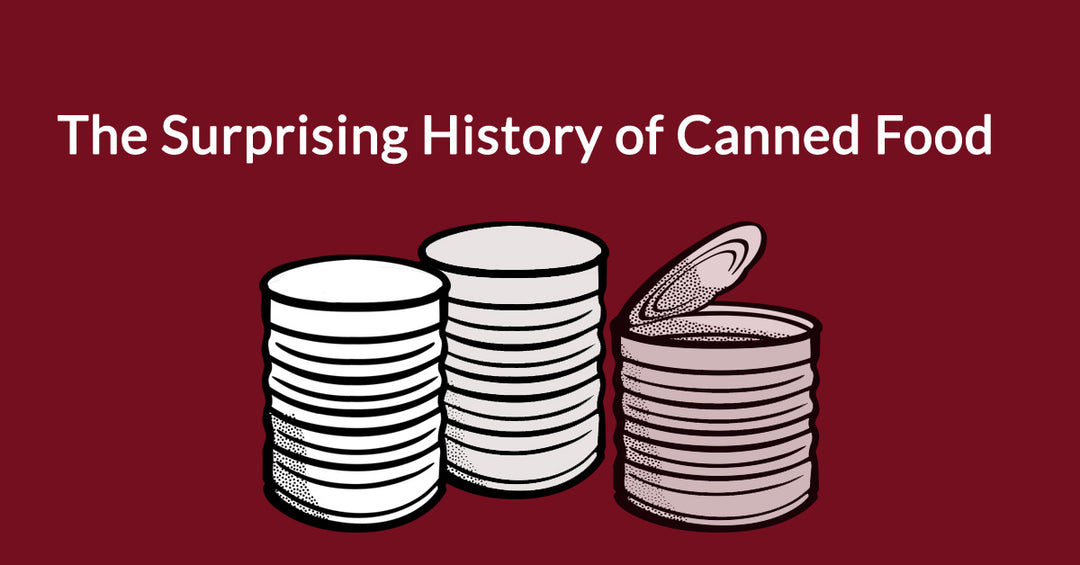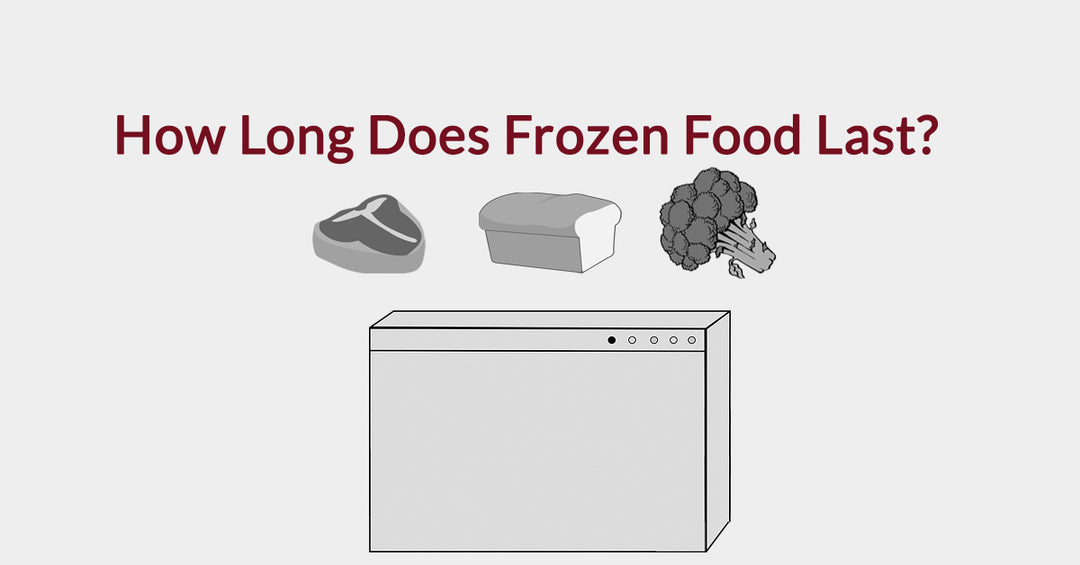US Food Supply Disaster Series: Hurricane Rita (September 2005, Gulf Coast)

In September 2005, just weeks after the devastating impact of Hurricane Katrina, the Gulf Coast braced for another colossal storm: Hurricane Rita. Reaching a terrifying Category 5 strength, Rita aimed for the Texas and Louisiana coasts, triggering immense new evacuations and placing unprecedented strain on an already fragile disaster response infrastructure. The challenges of providing food and essential supplies during Rita, particularly in the shadow of Katrina, offered critical lessons for future emergency management and food aid coordination. This blog post explores the unique food-related hurdles presented by Hurricane Rita and the profound impact it had on rethinking national disaster preparedness strategies.
The Perfect Storm of Compounding Crises
Hurricane Rita’s approach was unique in that it struck a region already reeling from the immense aftermath of Hurricane Katrina. This meant that post-Katrina supply lines were already stretched thin, with resources, personnel, and transportation networks heavily committed to the recovery efforts in New Orleans and other affected areas. The immediate challenge was the sheer volume of new evacuees. Millions of residents from Louisiana and Texas were ordered to evacuate, many of whom were already displaced by Katrina or had just returned home. This created an enormous demand for emergency shelter and, critically, food.
One of the most significant and immediate food-related challenges was the issue of long fuel lines, which severely delayed food convoys. As millions tried to evacuate, gas stations quickly ran out of fuel, creating immense bottlenecks on highways. Relief vehicles, including those carrying food and water, often found themselves stuck in traffic or unable to refuel, significantly hindering their ability to reach affected areas and shelters. This logistical nightmare meant that even if food was available, getting it to those in need became a monumental task. The Federal Emergency Management Agency (FEMA) faced immense scrutiny for its response during this period, with reports highlighting the severe logistical challenges in getting supplies to those in need. (Source: U.S. Government Accountability Office, "Hurricane Katrina: GAO's Preliminary Observations Regarding Preparedness, Response, and Recovery")
Lessons Learned: Reinforcing Disaster Response and Food Aid
The compounding nature of Hurricanes Katrina and Rita led to a much deeper analysis of compounding disaster response and, specifically, food aid coordination. The experience highlighted the critical need for more robust, flexible, and scalable systems.
One of the primary outcomes was a greater emphasis on pre-staging supplies. While the concept existed before, the 2005 hurricane season underscored the absolute necessity of strategically placing large quantities of non-perishable food, water, and other essential commodities in secure locations outside of predicted impact zones. This allows for rapid deployment as soon as conditions permit, bypassing initial transportation hurdles. Lessons from Rita emphasized that these caches needed to be large enough to support millions, not just thousands, of people.
The events also drove significant improvements in logistics and transportation planning for disaster response. The fuel crisis during Rita highlighted the need for dedicated fuel supplies and prioritized fueling stations for emergency vehicles and relief convoys. There was also a greater focus on developing diverse transportation routes and methods, including the potential use of air and rail where road networks are compromised. Coordination between federal, state, and local agencies, along with non-governmental organizations (NGOs) like the Red Cross and Feeding America, became paramount in streamlining humanitarian logistics and ensuring that food reached the most vulnerable populations. The National Response Framework, updated after 2005, placed a stronger emphasis on inter-agency coordination for mass care and emergency assistance, including food provision. (Source: FEMA, National Response Framework)
For the public, Rita reinforced the importance of individual and family preparedness kits, especially a "go-bag" with several days' worth of non-perishable food and water. The delays in aid demonstrated that individuals should be prepared to be self-sufficient for at least 72 hours, if not longer. (Source: Ready.gov)




